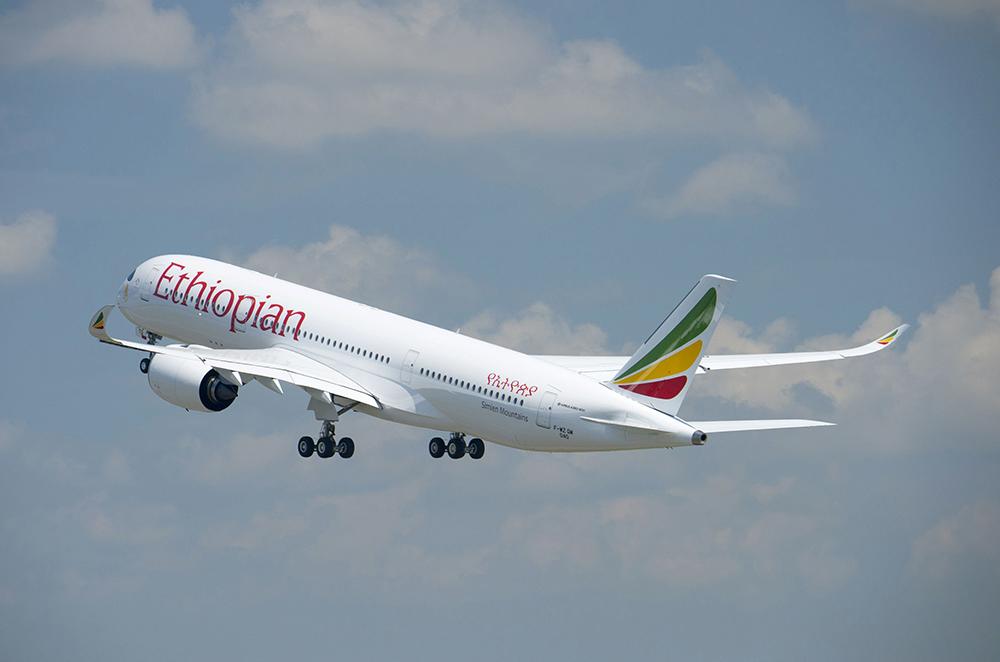
The market for commercial aviation lubricants is gaining momentum as the global active fleet continues to rise post-pandemic.
Lubricants, such as jet oil, hydraulic fluid and grease, are the quiet heroes in the aviation aftermarket. They are neither famous nor fancy, but detecting problems in oil and hydraulic systems is extremely crucial– giving airlines reassurance against potentially serious problems such as contaminated lubrication.
Despite aviation lubricants having similar specification approvals, not all are alike, says Osman Durrani, global aviation lubricants sales director at ExxonMobil Aviation. “Increasingly, airlines need a supplier that is innovative, offers products that exceed requirements of specifications, ensures integrity and meets airlines’ evolving needs,” says Durrani.
In the last year, ExxonMobil signed contracts to become the sole aviation lubricants supplier for several airlines, including Kalitta Air, Mesa Airlines and Ethiopian Airlines. Kalitta Air cited a desire to streamline efficiencies in its maintenance departments and lowering maintenance fees as a reason for selecting a single supplier for lubricants. Meanwhile, the Ethiopian Airlines deal includes a variety of products such as jet oil, hydraulic fluid, and airframe and wheel grease, which the airline plans to use to help meet performance and maintenance demands for its growing fleet.
“It was not a transition that happened all at once,” Durrani says, recalling back to 2014 when Ethiopian was frequently replacing filters in the hydraulic systems of its aircraft before turning to Aeroservices, an authorized ExxonMobil aviation lubricants distributor, for a solution. Aeroservices recommended that Ethiopian convert the hydraulic fluid in its fleet to Mobil HyJet V, which is specifically designed to protect against wear, corrosion, erosion and deposit control under severe operating conditions.
“Ethiopian Airlines quickly saw the new hydraulic fluid extend the life of their filters, which helped reduce costs and unplanned downtime related to filter replacements,” Durrani says. In the years since, Ethiopian has begun using other ExxonMobil lubricants throughout their aircraft.
Meanwhile, several industry experts have suggested an increase in the use of synthetic lubricants in the aviation market. However, Thomas Hitchner, global technical advisor for aviation lubricants at ExxonMobil’s research and engineering division, argues that “synthetic” is simply a marketing term. Hitchner says there is no specific compositional definition for “synthetic” in the lubricant industry.
“Certainly, all the mainstream lubricants used on a commercial aircraft would be considered synthetic from a marketing perspective,” Hitchner says. From a technical perspective, he says, aviation lubricants use base stocks and additives that have properties to meet the extreme operational demands of commercial aircraft, such as low temperature, thermal stress, oil life and load carrying performance.
“The base stocks for all mainstream aviation lubricants are chemically reacted products from component chemicals,” explains Hitchner. “They are tailored to meet the extreme conditions experienced by aircraft components.”
However, some segments of the aviation industry, such as general, military and business aviation, may use somewhat lower performance lubricants that would be considered less “synthetic” compared to the ones used in mainstream commercial aviation. Hitchner says this is due to the less extreme operational conditions and more frequent maintenance intervals in those segments. “It may be possible that those segments are gravitating to higher performance synthetic oils, such as piston oil or hydraulic fluids,” he says.
Since aviation is typically a global lubricant business, there is a requirement to have the same performance-capable products in all regions. However, emerging technologies such as electrification, hybridization, hydrogen and supersonic may shift the focus to specific parts of the world. “The OEMs that are focused on these developments tend to be located in North America and Europe, so looking ahead, we may want to focus our business partnerships on those regions,” Hitchner says.





